Transcription of REVIEW OF THE WEAR AND GALLING CHARACTERISTICS OF ...
1 A DESIGNERS'. HANDBOOK. SERIES. REVIEW OF THE WEAR AND. GALLING CHARACTERISTICS OF. STAINLESS STEELS. Committee of Stainless Steel Producers American Iron and Steel Institute 1000 16th Street, Washington, Contents Introduction .. 2. Definitions of Wear and GALLING .. 3. Adhesive Wear .. 3. GALLING .. 3. Abrasive Wear .. 4. Corrosive Wear .. 4. Fatigue Wear .. 4. Erosive Wear .. 4. Thermal Wear .. 4. Fretting Wear .. 4. Factors Affecting Wear .. 4. Wear Variables .. 4. Wear and GALLING Tests .. 5. Solutions to Wear and GALLING Problems .. 8. Wear Resistance .. 9. GALLING Resistance .. 10. Wear Coatings .. 10. Nitriding .. 10. Chrome Plating .. 11. PTFE Coating .. 12. Hardfacing .. 12. Sulfurization .. 13. Lubrication .. 13. High-Temperature Applications.
2 14. Seizing of Threaded Couplings .. 15. Design Considerations .. 15. Tables .. 19. The material presented in this booklet has been prepared for the general information of the reader. It should not be used without first securing competent advice with respect to its suitability for any given application. While the material is believed to be technically correct, neither the Committee of Stainless Steel Producers nor the companies represented on the Committee warrant its suitability for any general or particular use. For the vast majority of stainless steel applications throughout industry, Introduction such as tanks, vessels, piping, structural components, utensils, and general hardware items, material selection is based on four criteria.
3 Listed in order of importance, they are: Corrosion Resistance Mechanical Properties Fabricability Cost For mechanical equipment, however, such as pumps, valves, bearings, seals, conveyors, and fasteners in which mating metal surfaces rub together consideration may also be given to wear and GALLING . Finding the most effective alloy to withstand wear and GALLING , while meeting other property requirements, constitutes a worrisome problem for equipment engineers and manufacturers especially when there is a risk of corrosion or there is need for sanitation as in food or pharmaceutical processing, which precludes the use of lubricants. Not only does wear directly affect equipment life, but GALLING in a critical part can shut down or endanger an entire plant.
4 In recent years, many new and improved systems have been introduced to help reduce the deleterious effects of wear. Synergistic coatings, electro-deposited coatings, flame sprayed coatings, non- polluting liquid nitriding, new lubricants, and new alloys all make it more difficult for the designer to arrive at the best solution. This booklet is intended to be a summary reference on design factors in assemblies where sliding contact exists between wrought stainless steel and another metallic component, not necessarily stainless. Typical wear and GALLING problems: 1. Bushing for chain belt. 2. Link for chain belt. 3. Bushing for chain. 4. Rod end bearing. 5. Valve stem. 2. The study of wear and GALLING (1) involves surface phenomena as Definitions of Wear well as the fundamental properties of materials.
5 This is particularly true when the metals do not benefit by conventional lubrication. The and GALLING smoothly finished surfaces associated with conventional bearing applications are in reality rough and irregular, as shown in the following sketch Thus when two smooth metal surfaces are brought into contact, asperities, or high points, and not the nominal areas are in contact. Under static loading, deformation of the asperities occurs until the real contact area increases to support the load. If relative motion is then introduced, adhesive wear or GALLING may occur in one or both of the following ways: (1) by shearing of interface oxides protective to the base metals followed by asperity contact and welding under pressure, with the weaker of the two metals yielding; (2).
6 By the formation of a weld junction that is stronger than either of the base metals causing wear to take place in the bulk of both materials in sliding contact. The ASTM Subcommittee on Wear ( ) of the Erosion and Wear Committee (G-2) has encouraged the study of wear testing to assist designers in solving wear problems. ASTM published (2) a number of papers presented at the Symposium on the Selection and Use of Wear Tests for Metals, held November 20, 1975 in New Orleans, LA. A few of the papers REVIEW the field of wear and list several references from which many of the following definitions of wear were extracted. Adhesive Wear This booklet deals primarily with adhesive wear, which is probably the most common form of wear, especially in mating stainless steel components.
7 It has been defined as "wear by transference of material from one surface to another during relative motion, due to a process of solid-phase welding" (3). In most cases there is an absence of an abrasive. Adhesive wear results from two metal surfaces rubbing together under sufficient load so that the surface oxide film on the asperities is broken, causing direct contact between the two metals. When the adhesive forces of the two metals exceed the strength of either metal, adhesion and, subsequently, adhesive wear occurs. Under low stress, slight bonds form wherever high points of the two surfaces touch and subsequent motion results in plastic deformation with a loss of ductility and eventual fracture. These wear fragments may transfer back and forth between the surfaces, causing further damage.
8 GALLING At high stresses, much stronger bonds form over a greater contact area; gross surface damage occurs, and the equipment may even seize or "freeze-up.'' This latter gross damage is usually referred to as GALLING , and it may take place after just a few cycles of movement between the mating surfaces. 3. Some applications where adhesive wear is encountered are roller chain belt pins, woven screening, hanger, end, and spherical bearings, and valve and pump components. GALLING is a potential problem in all types of threaded assemblies including fasteners, turnbuckles, check valves, stems, inserts and electrical connectors. Abrasive Wear Abrasive wear results when a harder material cuts or plows grooves in a softer surface (4) usually resulting in loose wear fragments.
9 The harder material may be one of the contacting surfaces or it may be a third body introduced between the two surfaces. Abrasive wear is a major concern to the farming industry (plow shares, tine points) (5) and mining industry (ore crushers, shovel teeth, drill bits) (6). The initial remedy for abrasive wear is to make the mating surfaces as hard as possible and reduce the hardness difference between surfaces. Foreign abrasive particles should also be eliminated with air cleaners, oil filters, dust covers, and seals. Corrosive Wear In an aggressive environment wear can be increased by chemical or electrochemical reaction, or corrosion, and is usually more severe under hot, wet conditions. Fatigue Wear Cyclic stress variations in machine components can result in the removal of particles by fatigue.
10 Erosive Wear Abrasive wear caused by a gas, liquid, or particles contained in a liquid is generally classified as erosive wear, and it can be intensified by chemical action (corrosion). Thermal Wear Removal of particles at elevated temperature by softening, melting, or evaporation is thermal wear or high-temperature erosion. Fretting Wear Not to be confused with fretting corrosion in which chemical reaction predominates, fretting wear occurs between two surfaces having oscillatory relative motion of small amplitude. (Sometimes applied to adhesive wear depending on amplitude of relative motion.). Factors Affecting Wear Numerous factors have been found to affect wear, such as those in the following table (7): Wear Variables Temperature Atmosphere Load Material Properties Velocity Lubrication Contact Area Finish Shape Vibration Sliding Distance Type of Motion 4.
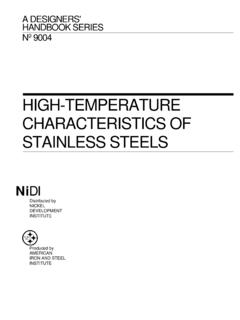
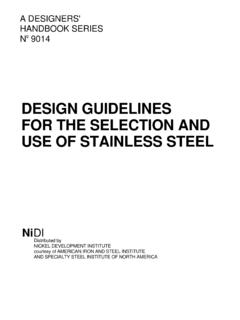


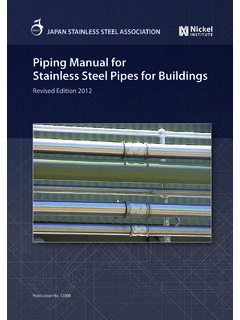
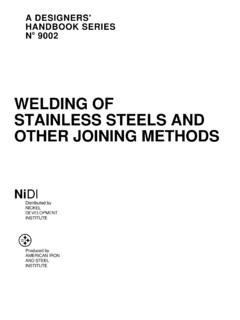

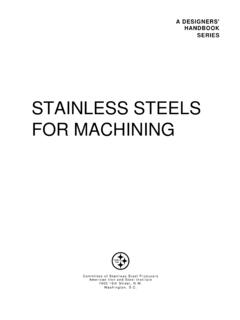


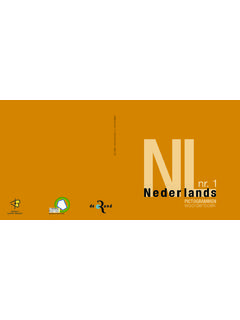
![0] 18 : OO IJ 77 79 204 143 19 : 17 . (1 1/1 x IJ7 44 52 ...](/cache/preview/e/e/2/0/a/e/8/2/thumb-ee20ae825ffa0ed49f64dec5baa94b8c.jpg)